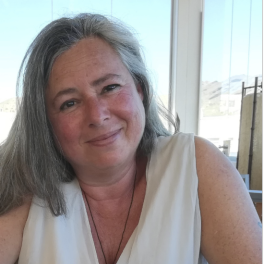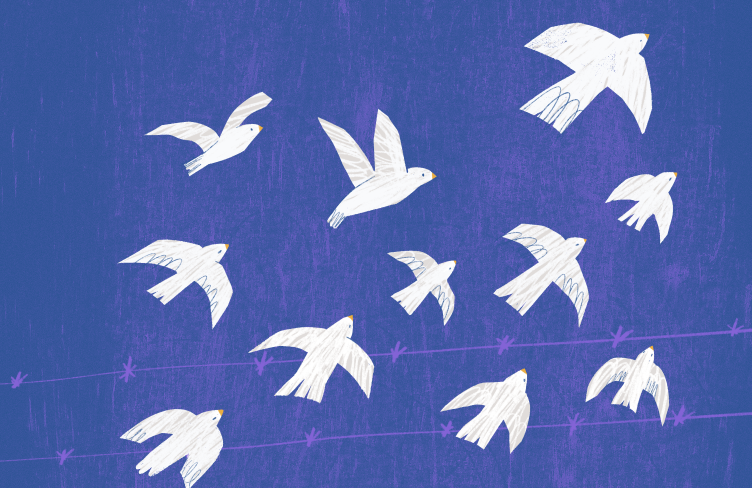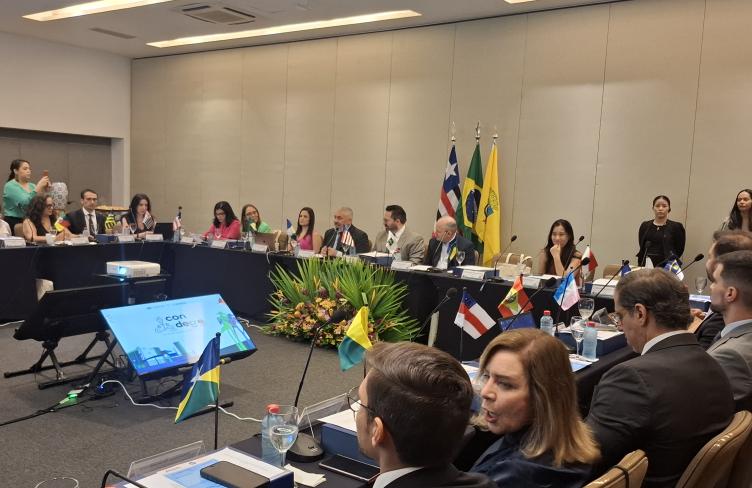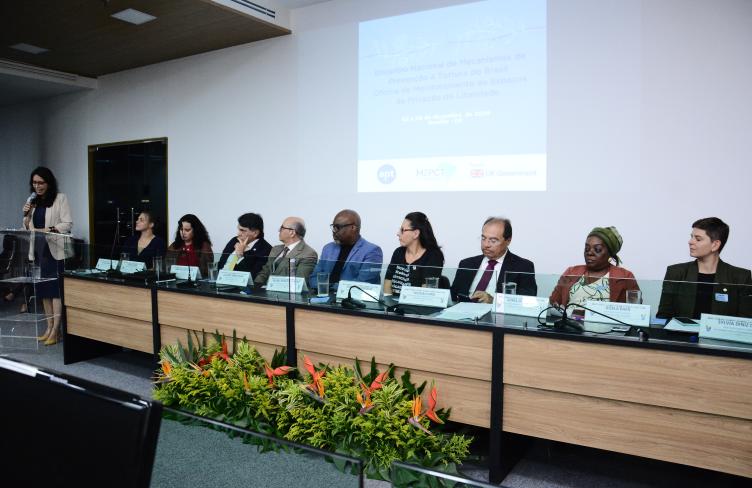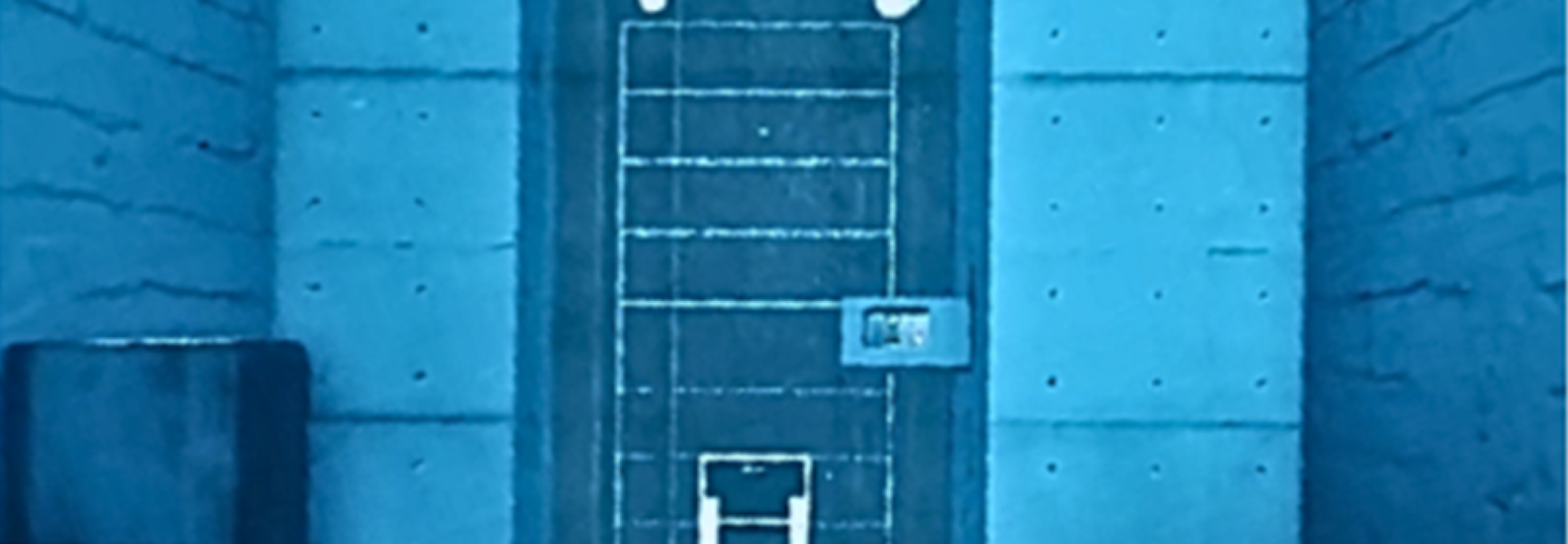
I am often asked which country ‘does’ solitary confinement best. I respond that the best use of solitary confinement is not to use it at all.
The person I’m speaking to usually then says something like: ‘I bet that the Scandinavian countries have the best practices’. I am then compelled to dishearten them by telling them that Scandinavian countries have actually been notorious for their overuse of very strict solitary confinement, particularly with pre-trial detainees. And I am yet to find a country that does not use solitary confinement at all.
The Mapping Solitary Confinement project, launched today, aims to find out more about the use – or non-use -of solitary confinement internationally. Are there any countries that manage their prison systems without resorting to solitary confinement? (spoiler alert: no!)
The project is a collaborative effort to paint a picture of how and when solitary confinement (defined as 22+ hours a day in a locked cell) is used in places of detention across the world. It builds on the knowledge of in-country experts from across the globe who volunteered their time and substantial expertise to help illuminate the darkest corner of the prison system in their country.
To help understand its international use, we distributed questionnaires covering many aspects of solitary confinement to individuals and organisations across the world. We asked what the practice was called; what were the legal and administrative bases for isolating people from their peers; about its duration, daily regime, and access to the outside world; and data on the extent of its use.
Today, we are pleased to launch both the Mapping Solitary Confinement website, and a report of key high-level findings from the project, supported by the Association for the Prevention of Torture (APT).
So far, we have received 57 country reports from 42 jurisdictions, spanning six continents. These have been posted on a dedicated page on the solitary confinement website and are free to access and download.
Country reports paint a picture of widespread and persistent use of what is meant to be an extreme tool of last resort. Mapping Solitary Confinement demonstrates that few countries can pride themselves over their use of solitary confinement. Despite its well documented and potentially devastating health effects - particularly when inflicted on children and young people, pregnant and breastfeeding mothers, people who are physically less able or mentally unwell and other people in situations of vulnerability - solitary confinement clearly continues to be very widely used.
Reasons for use include, in the vast majority of countries surveyed, disciplinary punishment for offences committed inside prison; protecting people at risk of self-harm or harm from others; and managing individuals who are chronically disruptive, violent, at high risk of escape, and those who committed a crime against the state. This is not new- solitary confinement has been used for these purposes for well over two centuries, despite criticisms and accumulating knowledge on its negative effects.
What is striking is that, some variations in practice notwithstanding, solitary confinement remains the proposed ‘solution’ to all these varied – even contradictory issues (e.g. ‘punishment’ vs. ‘protection’), in jurisdictions with completely different social, political, and economic structures and with different penal philosophies.
I believe that the time is right to seek alternatives to solitary confinement, and to give real substance to the Nelson Mandela Rules’ requirement to only use solitary confinement in exceptional cases as a last resort, for as short a time as possible (Rule 45). National Preventive Mechanisms and other oversight bodies have an important role to play in this. If nothing else, their visit will provide isolated individuals some human company and a break from the monotony of solitary confinement. It would also send a message, to the isolated prisoner and the prison’s authorities, that the solitary confinement cells and units are not overlooked.
And the answer to the question posed in the title, namely, how do you say ‘solitary confinement’ in Japanese, is ‘Kakuri’ (administrative segregation) or ‘Heikyo Batsu’ (punitive segregation), depending on which form you refer to. So, the next time that someone ask you what solitary confinement is called in any one of the 20 languages covered in the Mapping Solitary Confinement project, you know where to find the answer!
Read the report: Mapping Solitary Confinement
We would like to add further countries to the project. To provide information on the use of solitary confinement in a specific country or for any other issue, please contact: Sharon.Shalev@solitaryconfinement.org
